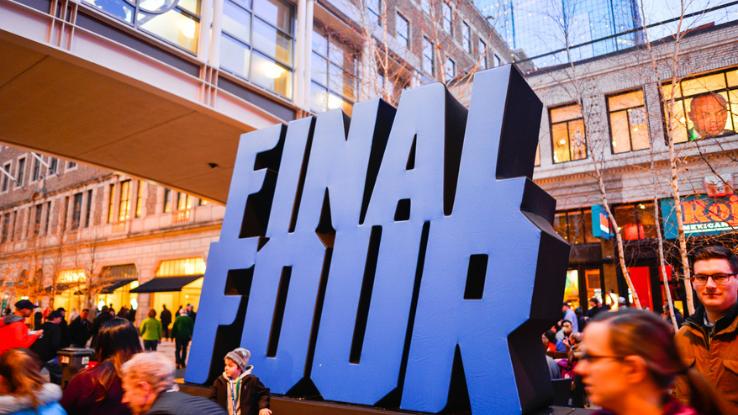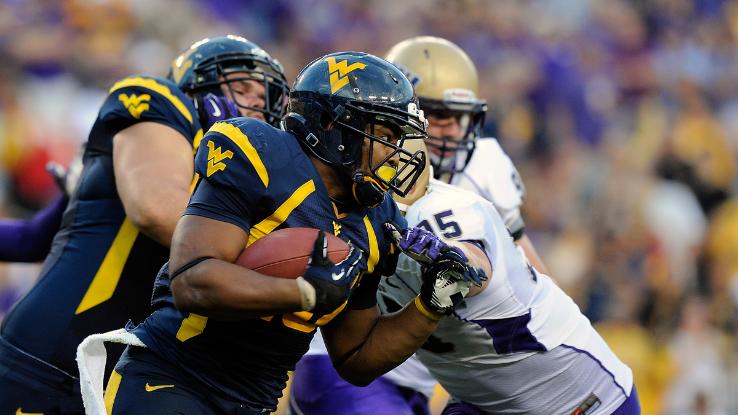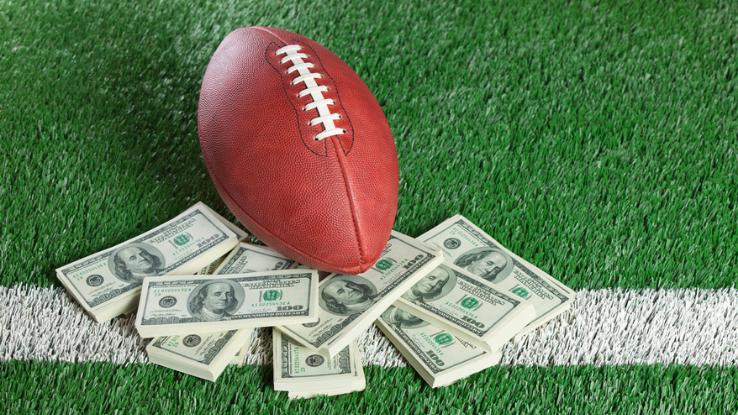
Many of us like college sports because of the romanticized notion of athletes playing a game they’re passionate about. Student-athletes taking time out of their full-time class schedules to put 40+ hours a week into their sport is certainly an inspiring display of that kind of dedication. But that “pure” idea quickly goes away when you see that the National Collegiate Athletic Association (NCAA), broadcasters, clothing brands, and virtually everyone else involved in college sports are raking in money by profiting off these student-athletes.
As a business, the NCAA is worth trillions of dollars at this point. In 2019, the NCAA reported $18.3 billion in revenue. As it stands, the NCAA does pay over $3 billion per year in athletic scholarship, but is that enough? In looking at higher education at large, it doesn’t seem to extend that far.
Historically, collegiate athletes have been defined by what they can and cannot do. In some cases, they receive a free education or scholarships before potentially going pro. But for the 98% of athletes that go professional in something other than sports, the list of things NCAA athletes cannot do looms large, eclipsing not just their entire collegiate experience, but their finances, too.
This goes beyond banning the practice of sports betting and a long list of banned substances. NCAA athletes cannot make money off of ticket sales to sold-out games, jersey sales, or the use of their likeness in video games that sell millions of copies. And the list goes on.
Now, in 2021, that policy is finally starting to change, thanks to the country’s highest court. There is still a long way to go, but as college sports become more equitable, we think that everyone will be saving money, not just athletes. Not sure what we mean? We’ll walk you through it.
NCAA v. Alston: A Case for the Ages

When a behemoth of a business like the NCAA is your legal opposition, you’re not going to be successful if you attack the organization from every angle. In the NCAA v. Alston , which was brought before the Supreme Court of the United States (SCOTUS), the legal challenge was related to anti-trust issues.
Look at the NCAA; what is their product? If the product is not the athletes themselves — many of whom are being primed for professional sports careers — then the product is experience. The NCAA produces experiences like the Rose Bowl and March Madness. Considering that the athletes are what makes those productions so special, shouldn’t they be given rights similar to those of employees?
Prior to this court case, the NCAA controlled what types of funding athletes could receive. So, what does this mean, exactly? If an athlete needed a laptop for school, outfits to wear to class, transportation, or other basic needs, they have had to go without during their time as a college athlete.
Athletes have even been chastised for trying to save money in their day-to-day lives. A famous example of this is from 2010. Members of the Ohio State football team used their status to get discounts on tattoos; Tyrell Pryor and four other players were suspended for five games. Some players sold their jerseys and received over $1,000 for them, which they had to pay back. How ethical is this? According to the Supreme Court, not very.
The “Alston” in this case is former football player Shawne Alston. Originally from an underserved area in Newport News, Virginia, Alston hoped his legal battle would prevent what happened to him from happening to anyone else. While attending West Virginia University, Alston often went to bed hungry while struggling to pay for clothes and other necessities. After several years, Alston’s case was taken up by the Supreme Court.
Thanks to Alston’s efforts, athletes can now receive more funding from the institution that recruited them. Athletes can also receive money from the school for laptops, textbooks and other educational materials. And athletes can finally manage endorsements and social media deals, sign for autographs, and receive guidance and other services from agents.
How Paying Athletes Can Help Make Education More Accessible

If you’re unsure how to feel about this issue, know that all nine Supreme Court Justices unanimously agreed on this verdict. This unanimous decision also makes us optimistic for some future cases that the higher courts may be looking at.
O’Bannon v. NCAA, for example, examines the use of college athletes’ likenesses used in video games, advertisements, and more. Arrington v. NCAA is a massive class-action lawsuit that alleges that the NCAA’s mishandled concussions. There will always be legal battles with sport leagues, but cases like this could shift momentum toward student rights.
In addition to being ambassadors for their school, student-athletes bring diversity to every campus they step on. Attending a school with these athletic programs is like choosing an add-on to your degree. Of course, there are plenty of schools that don’t have NCAA programs, so your tuition doesn’t have to go toward sports programs.
So, how can this victory help everyone? In order for this victory to start working for all students and prospective students, the NCAA needs to be held accountable. It’s great that schools are able to fund athletes beyond previous limits. If the NCAA were the ones paying the athletes, that would open up more funds for the rest of a school’s students. Scholarship funds could go to more students, and, in turn, colleges might be able to prevent tuition hikes.
The student loan crisis is bad enough, any little bit of funding one can attain that doesn’t come from a loan can help. For college athletes and higher ed as we know it, change may be on the way. Sports are almost always fun to watch, but when the players involved are treated fairly everyone wins, no matter the score.





